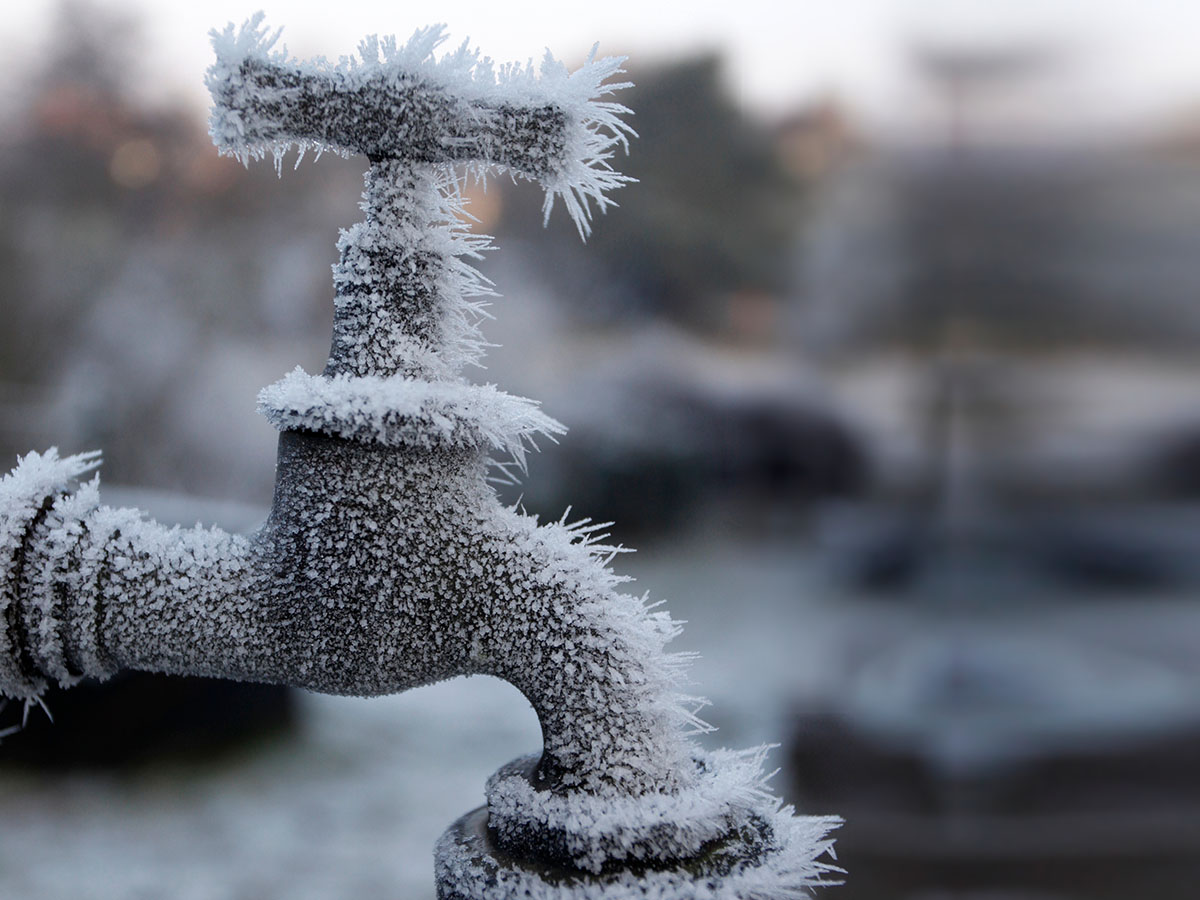Essential Tips to Avoid Frozen Plumbing in Cold Weather
Essential Tips to Avoid Frozen Plumbing in Cold Weather
Blog Article
This article below pertaining to How To Avoid Freezing Pipes is definitely interesting. Try it and make your own assumptions.

Winter can wreak havoc on your pipes, especially by freezing pipelines. Here's exactly how to stop it from taking place and what to do if it does.
Introduction
As temperatures decrease, the risk of icy pipes rises, possibly causing costly fixings and water damage. Understanding exactly how to stop frozen pipelines is important for homeowners in cool climates.
Comprehending Frozen Pipes
What creates pipes to freeze?
Pipes freeze when revealed to temperatures listed below 32 ° F (0 ° C) for prolonged periods. As water inside the pipelines freezes, it expands, putting pressure on the pipe walls and possibly causing them to rupture.
Dangers and problems
Icy pipes can lead to water disruptions, property damage, and pricey fixings. Ruptured pipelines can flood homes and cause considerable structural damage.
Signs of Frozen Piping
Determining icy pipelines early can avoid them from bursting.
Exactly how to identify icy pipelines
Try to find decreased water circulation from taps, uncommon odors or noises from pipelines, and noticeable frost on revealed pipelines.
Prevention Tips
Shielding susceptible pipes
Cover pipes in insulation sleeves or make use of warmth tape to shield them from freezing temperature levels. Focus on pipes in unheated or exterior locations of the home.
Home heating techniques
Maintain interior areas adequately heated, especially areas with pipes. Open up cabinet doors to enable cozy air to flow around pipes under sinks.
Shielding Outdoor Plumbing
Garden tubes and exterior taps
Detach and drain pipes garden hoses before wintertime. Set up frost-proof spigots or cover outdoor taps with insulated caps.
What to Do If Your Pipelines Freeze
Immediate activities to take
If you suspect icy pipes, keep faucets open up to eliminate pressure as the ice melts. Use a hairdryer or towels soaked in warm water to thaw pipes slowly.
Long-Term Solutions
Architectural modifications
Take into consideration rerouting pipes away from exterior walls or unheated areas. Include added insulation to attics, basements, and crawl spaces.
Updating insulation
Purchase premium insulation for pipes, attics, and wall surfaces. Proper insulation aids preserve constant temperatures and minimizes the risk of icy pipes.
Conclusion
Protecting against frozen pipelines requires aggressive steps and fast responses. By recognizing the causes, indicators, and safety nets, property owners can shield their pipes during winter.
6 Proven Ways to Prevent Frozen Pipes and Protect Your Home
Disconnect and Drain Garden Hoses
Before winter arrives, start by disconnecting your garden hoses and draining any remaining water. Close the shut-off valves that supply outdoor hose bibs and leave the outdoor faucet open to allow any residual water to drain. For extra protection, consider using faucet covers throughout the colder months. It’s also important to drain water from any sprinkler supply lines following the manufacturer’s directions.
Insulate Exposed Pipes
Insulating your pipes is an effective way to prevent freezing. Pipe insulation is readily available at home improvement stores and is relatively inexpensive. Pay close attention to pipes in unheated areas such as the attic, basement, crawl spaces, or garage. Apply foam insulation generously to create a buffer against the cold. You can also wrap your pipes in heat tape or thermostat-controlled heat cables for added warmth.
Seal Air Leaks
Inspect your home for any cracks or openings that could let in cold air. Seal any holes around the piping in interior or exterior walls, as well as the sill plates where your home rests on its foundation. Additionally, make sure to keep your garage door closed unless you’re entering or exiting. Leaving it open creates a significant air leak that can lead to frozen pipes.
Allow Warm Air Circulation
During cold snaps, it’s essential to allow warm air to circulate evenly throughout your home. Leave interior doors ajar to promote better airflow. Open kitchen and bathroom cabinets to help distribute heat consistently around the rooms. If you have small children or pets, be sure to remove any household chemicals or potentially harmful cleaners from open cabinets for safety.
Let Faucets Drip
A small trickle of water can make a big difference in preventing ice formation inside your pipes. When temperatures drop significantly, start a drip of water from all faucets served by exposed pipes. This continuous flow helps prevent the water from freezing. Additionally, running a few faucets slightly can relieve pressure inside the pipes, reducing the chances of a rupture if the water inside does freeze.
https://choateshvac.com/6-proven-ways-to-prevent-frozen-pipes-and-protect-your-home/

Do you enjoy more info about Preventing and dealing with frozen pipes? Leave a review down below. We'd be delighted to see your ideas about this write-up. Hoping that you come back again later on. Those who appreciated our page plz don't forget to pass it around. Thanks a lot for your time. Revisit us soon.
Details Report this page